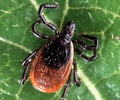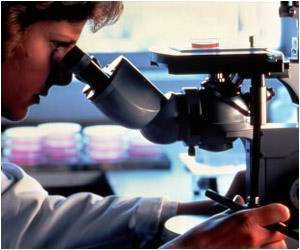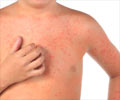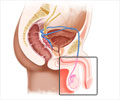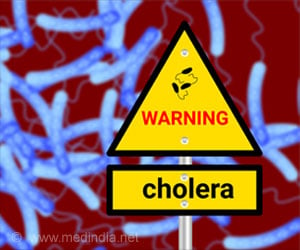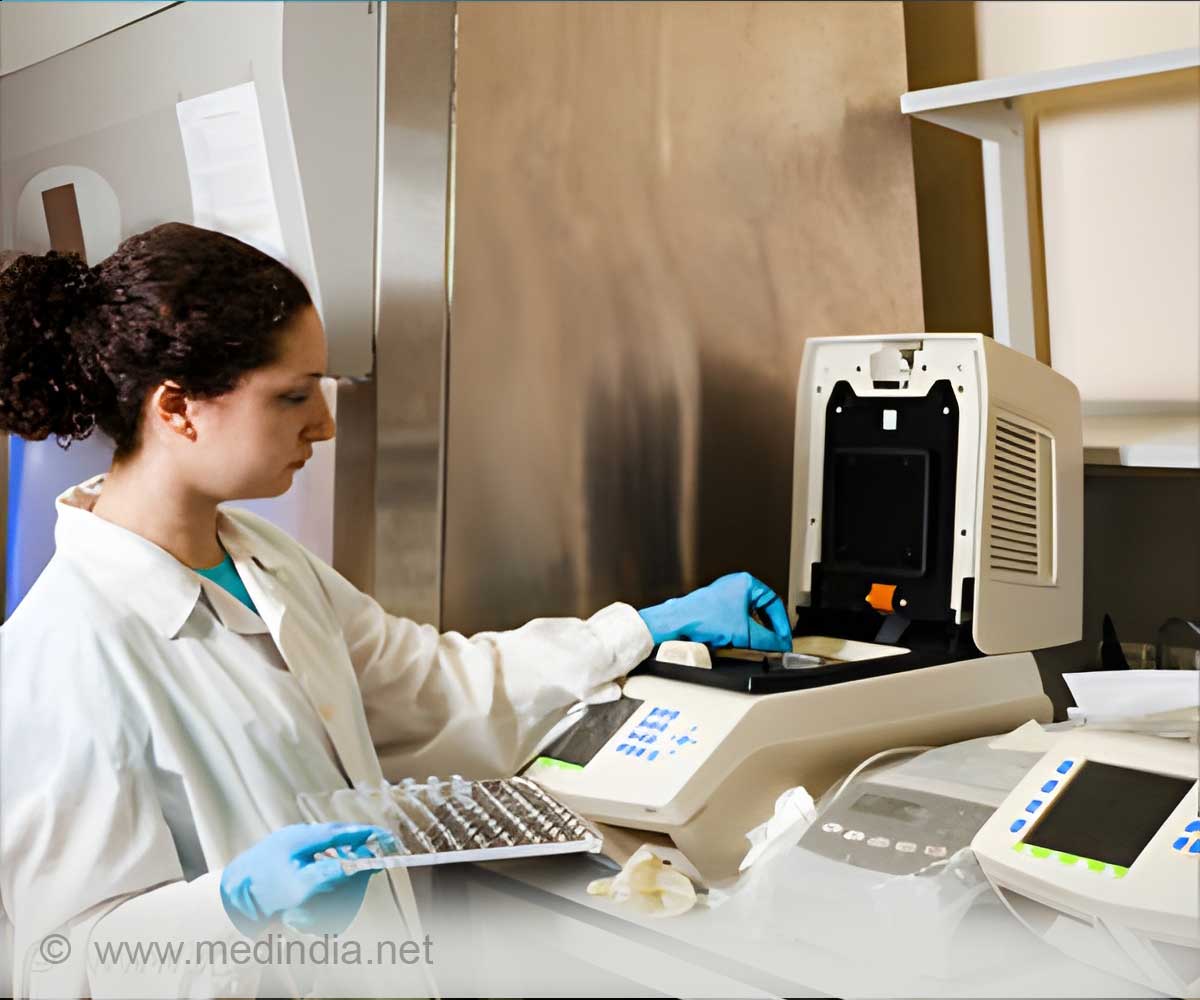
‘TDB serochip is the new multiplex test that gives more accurate results compared to the old cumbersome test conducted for tick-borne diseases.’
Tweet it Now
"The number of Americans diagnosed with tick-borne disease is steadily increasing as tick populations have expanded geographically," says Rafal Tokarz, PhD. "Each year, approximately 3 million clinical specimens are tested for TBDs in the U.S. Nonetheless, the true incidence of TBDs is likely greatly underestimated, as patients with presumed TBDs are rarely tested for the full range of tick-borne agents, and only a fraction of positive cases are properly reported," adds Nischay Mishra, PhD. Co-lead authors Tokarz and Mishra are associate research scientists in the Center for Infection and Immunity.The TBD Serochip can simultaneously test for the presence of antibodies in blood to more than 170,000 individual protein fragments. Version 1.0 can identify exposure to eight tick-borne pathogens present in the U.S., including Anaplasma phagocytophilum (agent of human granulocytic anaplasmosis), Babesia microti (babesiosis), Borrelia burgdorferi (Lyme disease), Borrelia miyamotoi, Ehrlichia chaffeensis (human monocytic ehrlichiosis), Rickettsia rickettsii (Rocky Mountain spotted fever), Heartland virus and Powassan virus. The researchers also included Long Island tick rhabdovirus, a novel virus they recently discovered in Amblyomma americanum ticks. As new tick-borne infectious agents are discovered, the TBD-Serochip will be modified to target them--a process the researchers say can be done in less than four weeks.
The TBD Serochip is also able to identify whether an individual is infected with more than one tick-borne pathogen. Individual ticks are frequently infected with more than one agent; Ixodes scapularis ticks alone can transmit at least five human pathogens. Evidence of exposure to other tick-borne pathogens in patients with Lyme disease has been well documented. In the new paper, the researchers report finding antibodies to another agent in 26 percent of blood specimens from patients with TBD.
In addition to its utility as a diagnostic platform, the TBD Serochip also provides a powerful research tool for studies of TBDs. The technology can be employed to discriminate individual antibody responses in patients with TBD and thus examine the interplay of TBD agents on disease manifestation and progression. It can also be used to assess the impact of genetic diversity of tick-borne pathogens on the host immune response.
"Diagnosing tick-borne illness is a difficult journey for patients, delaying effecting treatment," says senior author W. Ian Lipkin, MD, director of CII and John Snow Professor of Epidemiology at Columbia University's Mailman School of Public Health. "The TBD Serochip promises to make diagnosis far easier, offering a single, accurate test for eight different TBDs. Early detection of infection enables rapid and appropriate treatment."
Advertisement
Source-Eurekalert

